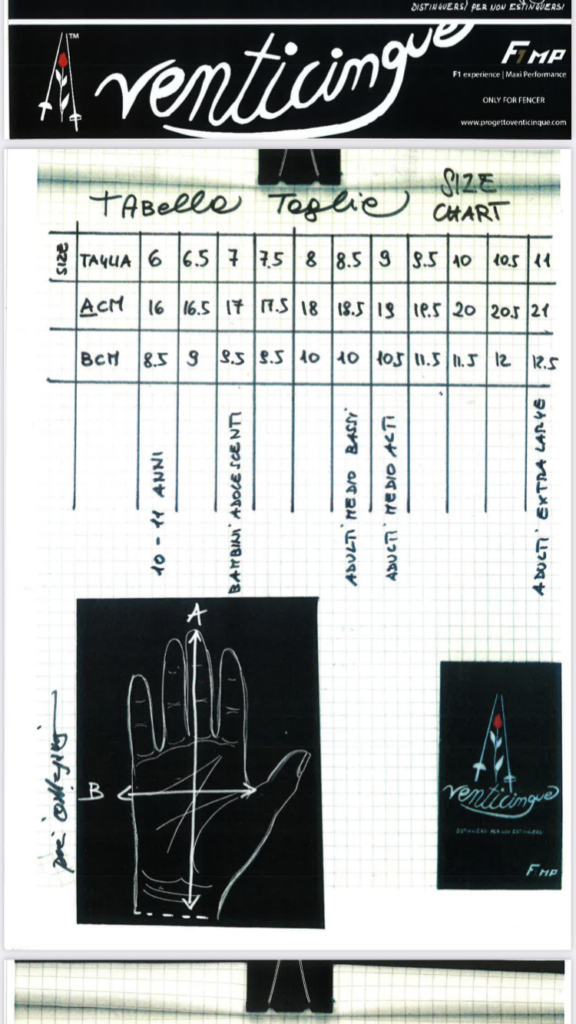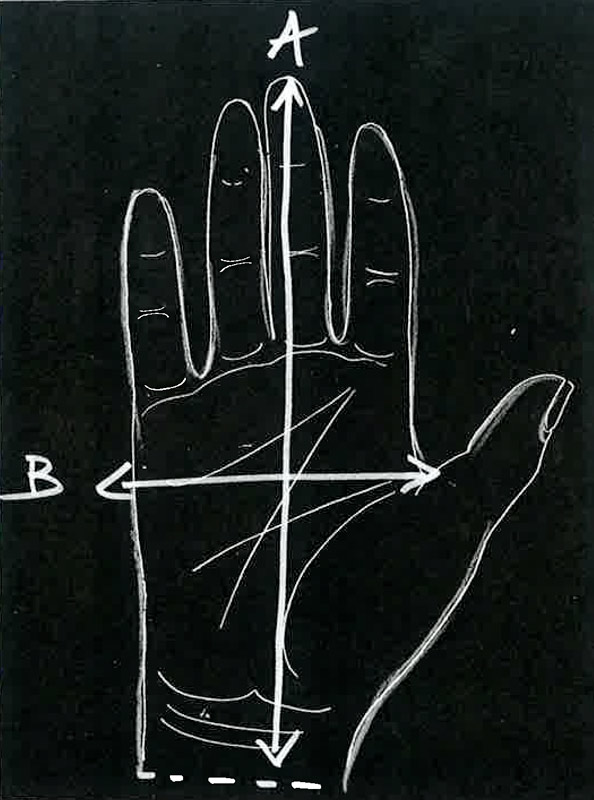The key moves are:
There is a referee who ensures the regularity of the bout, recognizes the thrusts and assigns the score. The referee can also give, if necessary, yellow or red cards depending on the seriousness of the irregularities committed by the fencers. In extreme cases, there is the black card, which causes the expulsion from the bout of those who receive it.


| Size | 6 | 6.5 | 7 | 7.5 | 8 | 8.5 | 9 | 9.5 | 10 | 10.5 | 11 |
|---|---|---|---|---|---|---|---|---|---|---|---|
| Acm | 16 | 16.5 | 17 | 17.5 | 18 | 18.5 | 19 | 19,5 | 20 | 20,5 | 21 |
| Bcm | 8,5 | 9 | 9,5 | 9,5 | 10 | 10 | 10,5 | 11,5 | 11,5 | 12 | 12,5 |
| 10-11 years | children teenager | Medium-high adult | Extra large adult |